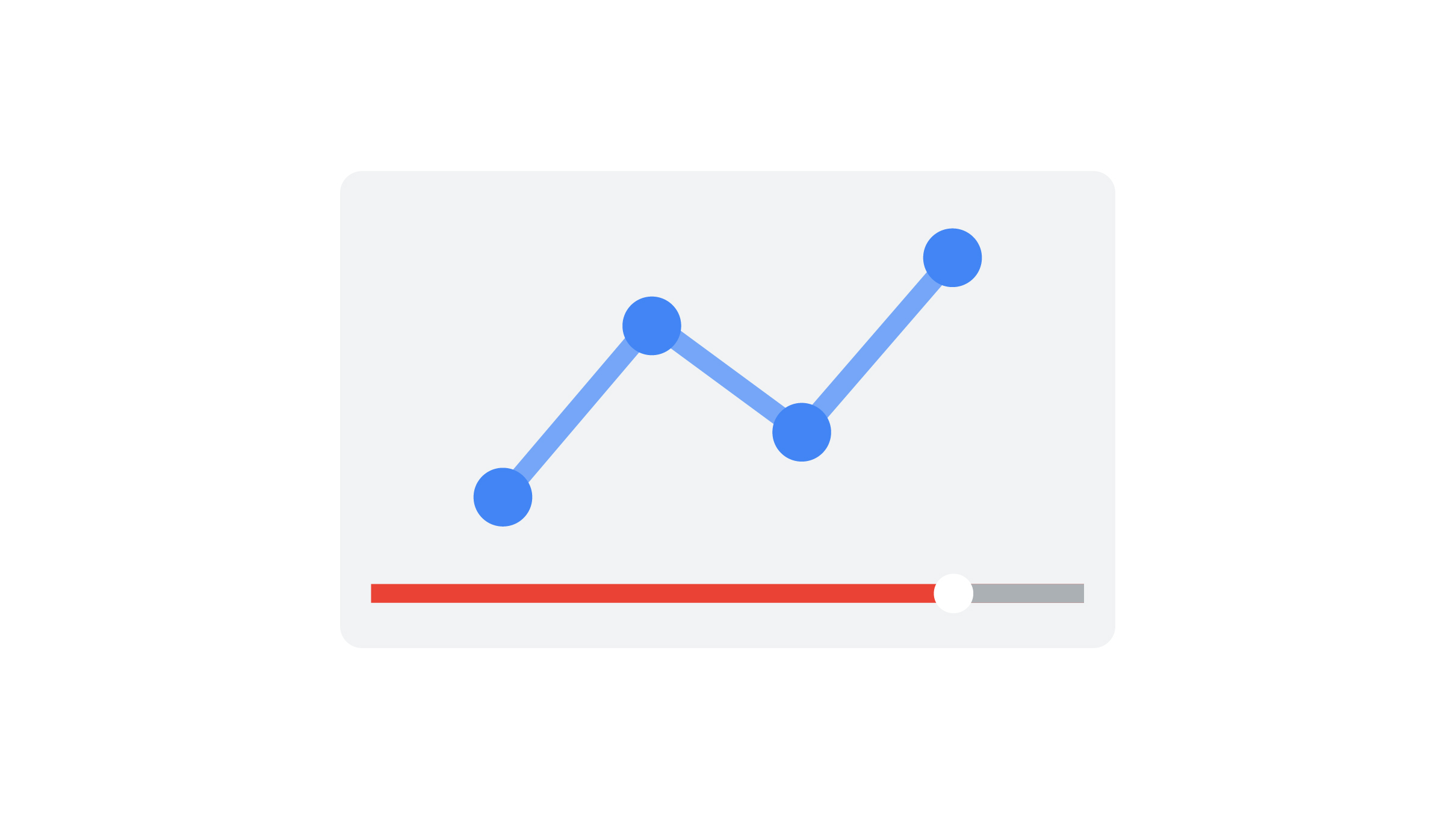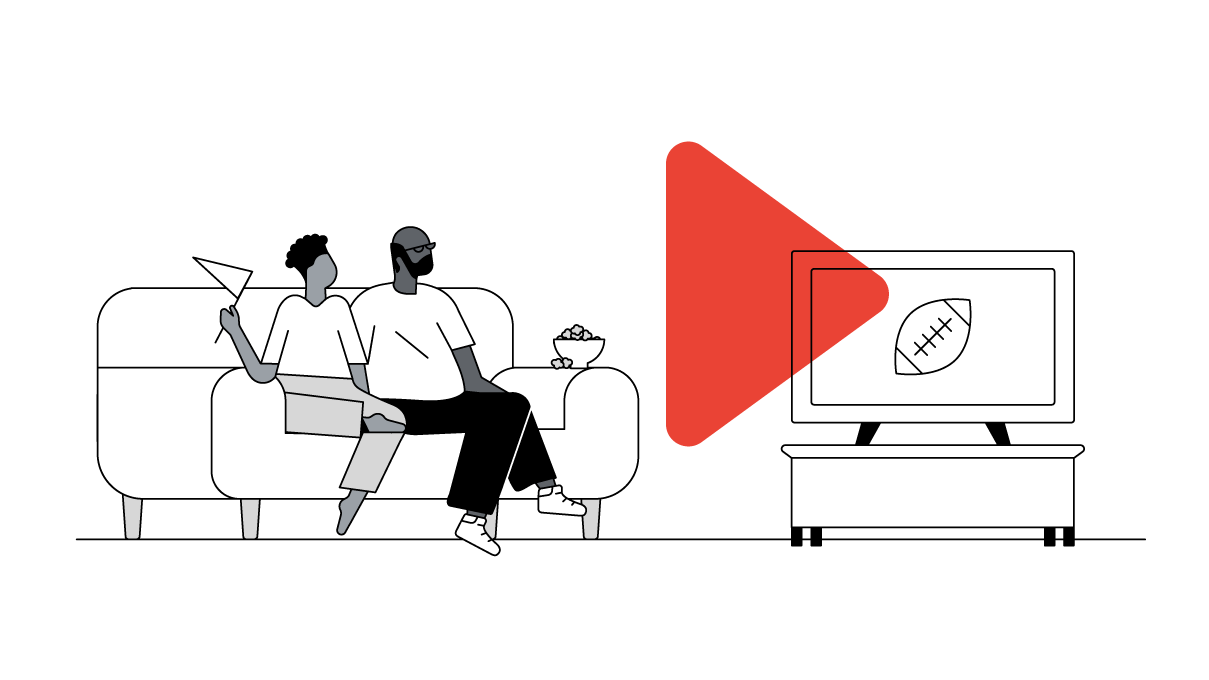For decades, brands have been making Super Bowl spots their biggest bet of the year — spending the bulk of their annual budget on a 30-second ad and hoping it catches the attention of TV’s largest viewing audience. But today’s shifting media landscape has viewers tuning in across a variety of platforms on their own time, leaving advertisers with the multimillion-dollar question: Is the TV ad bang worth the buck?
Since 2015, traditional linear TV viewership of the Super Bowl is down 14%, while digital streaming increased by 100% from 1.3 million to 2.6 million. Those streaming numbers suggest the big game continues to be a big draw. The streaming boom also highlights why advertisers need to consider other options beyond the TV spot to reach people. With game day fast approaching, network buys are locked. But for marketers looking to complement or even replace the TV spot, here are four ways digital can help.
Viewership for the Super Bowl since 2016

Tap into unreached audiences in more personalized ways
While interest in the big game remains high, viewers are accessing it in their own way. Nielsen data shows that, in 2019, linear TV viewership of the Super Bowl had the lowest TV viewership in 11 years. Meanwhile, according to Google Trends, search interest for “super bowl” and “super bowl ad” increased by 49% and 43%, respectively, since 2016.1
These viewing and search growth trends indicate that interest in the Super Bowl isn’t waning as ratings would imply. Rather, people are choosing exactly where and how they want to consume the big game and its ads, turning to digital video where they can personalize their own experience.
People are choosing exactly where and how they want to consume the big game. Since 2016, we saw an increase in searches for:

Gain greater creative flexibility
By leaning into insights, brands can build deeper connections with customers through personalized creative. For example, last year Olay created a #KillerSkin campaign after digging into trends that showed its audience loves football and horror movies. The brand released teasers on YouTube during the lead-up to the big game to pique interest. Following the release of the Super Bowl spot, Olay released three different alternate endings, encouraging fans to share their favorite. This approach gained the brand tens of millions of views and contributed to a 71% increase in searches for Olay brand terms.
Extend the shelf life of your ad
As each new year kicks off, fan queries around the Super Bowl increase 2.5X each week preceding game day, with interest on YouTube peaking the day after the Super Bowl itself and sustaining game-day levels for days after.2 This suggests the lead-up and follow-up are crucial moments for brands to make an impression on consumers and fans. Applying a strong digital strategy that encourages people to engage with your brand helps extend your reach beyond game day.
Use TV to support your digital play
Lexus found a way to reach devoted football fans during the NFL playoffs. The automaker rolled out a cheeky four-minute video, coupled with a 30-second clip promoting the “the next generation of quarterback safety.”
The campaign featured former QB and Heisman Trophy winner Matt Leinart demonstrating a variety of hypothetical “quarterback safety technologies,” such as the “blindside monitor,” which helps QBs detect an oncoming tackle. According to Jessamine Merrill, general manager, Lexus product and consumer marketing, the digital-first approach “enabled our creative team to create humorous yet in-depth videos, centered on a four-minute parody showcasing Mr. Leinart’s talent and riffing on real safety features of the Lexus UX.”







